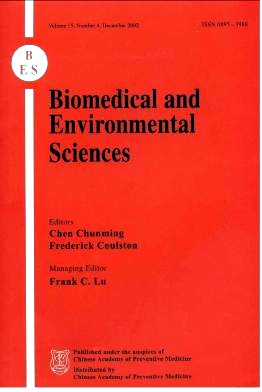Effect of Television Viewing on Pediatric Obesity
-
Key words:
- Children and adolescent /
- Television viewing /
- Obesity
Abstract: Objective To test the effect of television viewing on pediatric obesity in urban China.Methods Stratified multistage cluster random sampling method was used for subjects selection.Nine thousand three hundred and fifty-six children, as well as their parents, were investigated. Questionnaire survey was used for data collection. Children's weights and heights were measured in the clinic of the investigated kindergartens or schools by trained investigators following the standardized procedure. Results The percentages of children and adolescents who watched television less than 1 h, 1-2 h, 2-3 h and more than 3 h daily were 32.5%, 46.0%, 15.4% and 6.1%, respectively, while the prevalence of obesity was 10.9%, 11.8%, 13.2% and 15.1%, respectively. Each hourly increment of television viewing was associated with 1%-2% increase in the prevalence of obesity. Conclusions Time spent watching television is directly related to an increase risk of obesity, television viewing time is an independent factor for pediatric obesity.
| Citation: | MA Guan-sheng, LI YAN-PING, HU XIAO-QI, MA Wen-jun, WU JIN. Effect of Television Viewing on Pediatric Obesity[J]. Biomedical and Environmental Sciences, 2002, 15(4): 291-297. |







 Quick Links
Quick Links
 DownLoad:
DownLoad: